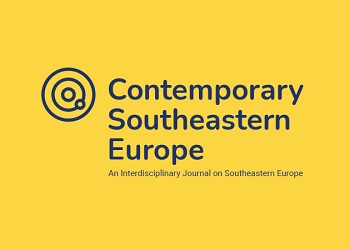Europe’s diplomacy on public display: The EU and the Belgrade-Pristina dialogue
Europe’s diplomacy on public display: The EU and the Belgrade-Pristina dialogue
Author(s): Katarina ĆukovićSubject(s): International relations/trade, EU-Approach / EU-Accession / EU-Development
Published by: Universität Graz
Keywords: The Belgrade-Pristina dialogue; mediation; the European Union;
Summary/Abstract: The European Union’s (EU) role in the negotiations between Belgrade and Pristina can be assessed in two different periods. The first period can be described as ‘increased mediation activity’, where one highlight was the signing of the ‘Brussels Agreement’ in 2013 under the supervision of the EU High Representative (HR) Catherine Ashton. By not referring to Kosovo’s status and softening disputed parties’ attitudes towards each other, the HR and the newly-created European External Action Service (EEAS) managed to prove both internally and externally that the EU is a capable and effective mediator. The following period can be labelled as ‘decreased mediation activity’, representing the translation of the Brussels Agreement into reality. During this phase, the dialogue was challenged not only by disagreements between Belgrade and Pristina, but also by disagreements from within the EU. Thus, the dialogue did not progress much, and the culmination was that the dialogue was blocked. This period after the Brussels Agreement was marked by intense cooperation between Belgrade and Pristina, due to the importance of the dialogue for their domestic and foreign politics. Therefore, when examining the success of the EU-initiated dialogue, the focus has generally been on the actors of the dialogue, while the EU as a main mediator has received less attention. The EU as a mediator plays a crucial role in shaping the dialogue discourse by offering strong incentives, such as the perspective of EU membership. In order to draw conclusions about the future relations between Belgrade and Pristina, it is therefore important to analyse the role of the EU as a mediator. The purpose of this analysis is to examine the capacity and limitations of the EU as main mediator. Therefore, this analysis argues that throughout the EU-facilitated dialogue, the EU managed to set up a good starting base for overcoming commitment problems among disputed parties and overcoming different preferences within the EU, but it did not ensure unity and the full support of member states for the final process of dialogue.
Journal: Contemporary Southeastern Europe
- Issue Year: 6/2019
- Issue No: 1
- Page Range: 1-9
- Page Count: 9
- Language: English

